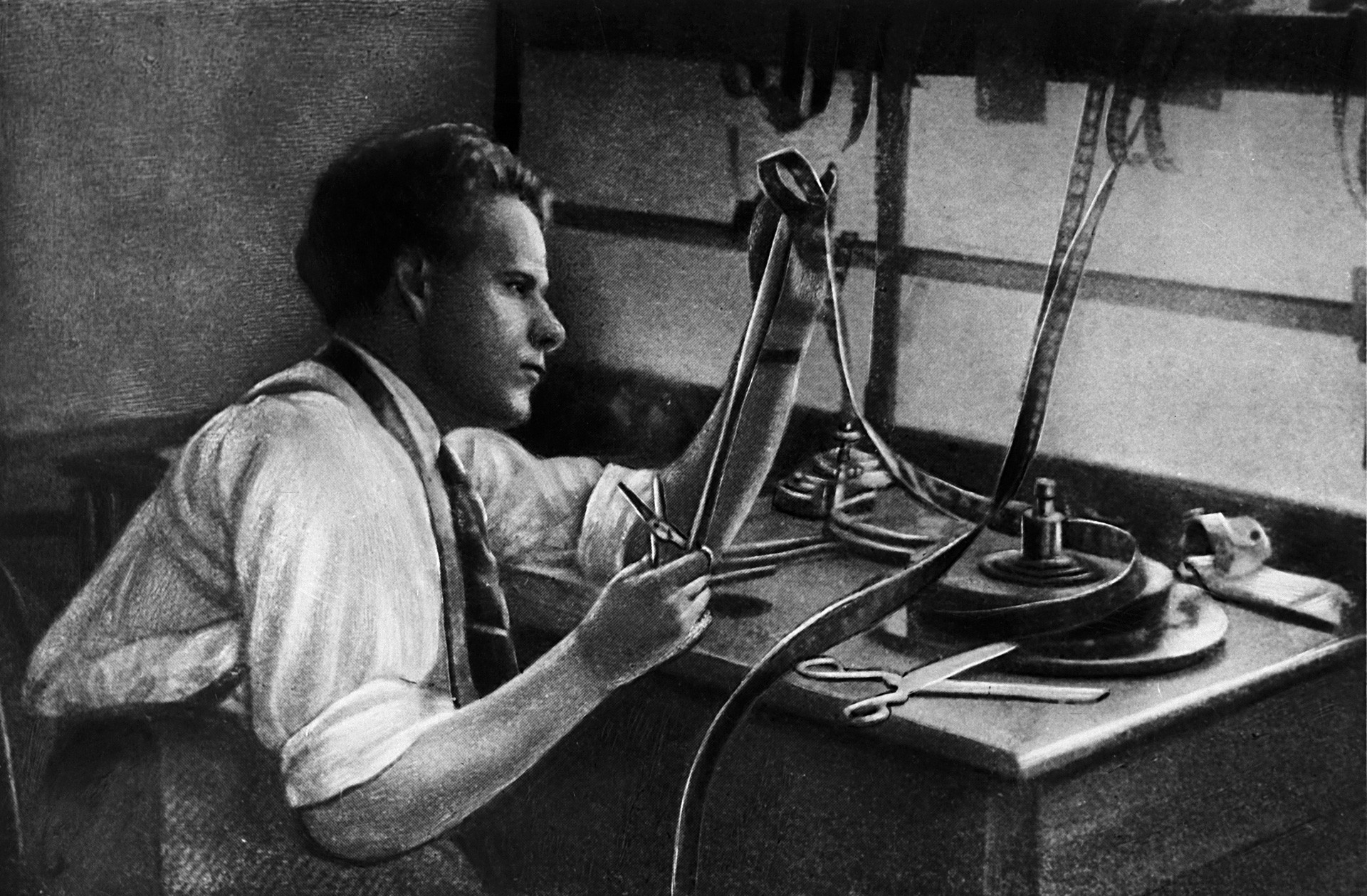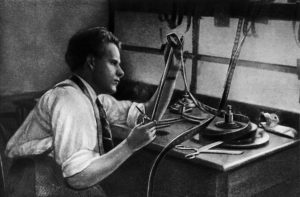
Sergei Eisenstein: Birth Anniversary
Jan 22 2019
Jan 22 nd marks what would have been the 120th birthday of Russian filmmaker Sergei Eisenstein (1898-1948), a true giant of world cinema whose role in crafting the visual language of screen storytelling in the industry’s earliest days

Sergei Eisenstein is known as the inventor of the “intellectual montage” and “montage of attractions.” Using his special technique of film editing, he portrayed the rapid development of events on screen. He separated each scene into fragments before rearranging them into his preferred order.
The father of montage, Russia’s Sergei Eisenstein was one of the principal architects of the modern cinematic form. Despite a relatively small numbers of only seven completed films, most if not all of which suffered under the weight of communist intrusion, few individuals were more instrumental in enabling motion pictures to evolve beyond their origins in 19th century
As a youth, Sergei Eisenstein for the General Staff Academy in Moscow where he joined the First Workers’ Theater of Proletcult as a scenic and costume designer, Eisenstein enrolled at experimental theater workshop and collaborated with several avant-garde theater groups, all of whom shared a mistrust of traditional art forms and “high” culture in general. The new theater’s contribution to the revolutionary cause was to destroy the old art entirely and create a new, democratic one.
The young Soviet artists resorted to “low” culture-circus, music hall, sports, fair performances-to educate the largely illiterate Russian masses in a “true” communist spirit.
Eisenstein’s studies paid off in his 1923 staging of The Sage, a huge success not only as propaganda but also as sheer entertainment. For that production he made a short comic film, GLUMOV’S DIARY (1923), a parody of newsreels whose hero’s grotesque metamorphoses anticipated the metaphors of STRIKE (1924),
Eisenstein’s first feature. But even more important for his career as a filmmaker was the structure of The Sage. Eisenstein took an old Ostrovsky play and reassembled it as a series of effective, circus-like attractions. The assemblage of such shocking scenes, as he claimed in his 1923 manifesto, The Montage of Attractions, would lead the public’s attention in a direction planned by the “montageur.” Having studied the films of Griffith, Lev Kuleshov’s montage experiments and Esfir Shub’s re-editing techniques, Eisenstein became convinced that in cinema one could manipulate time and space to create new meanings, especially if the images were not to be merely linked, as Kuleshov suggested, but juxtaposed. Because at that time he believed that his duty as an artist was to contribute to the forging of the new life for his country, Eisenstein eagerly embraced the film medium as the most efficient tool of communist propaganda.

Eisenstein’s first full-length feature film. Battleship Potemkin(1925) was acclaimed critically worldwide,the Russian revolution 1905, the film, made in the port and the city of Odessa in 1925, had a momentous impact and still remains among the masterpieces of the world cinema. (In 1958 it was voted the best film ever made, by an international poll of critics.) Its greatness lies not merely in the depth of humanity with which the subject is treated, nor in its social significance, nor in the formal perfection of its rhythm and editing; but rather, it is each of these magnified and multiplied by the others.
February 11th, 1948. He had died of a severe heart attack in the early hours, a few days after his fiftieth birthday. The body lay in state in the Hall of the Cinema Workers.
Eisenstein’s historical films were revered abroad and, ten years after his death, The Battleship Potemkin (1925), with its spectacular ‘Odessa Steps’ sequence of soldiers massacring innocent people, was voted the best film of all time in an international critics.
CJ Rajkumar
Author/Cinematographer
